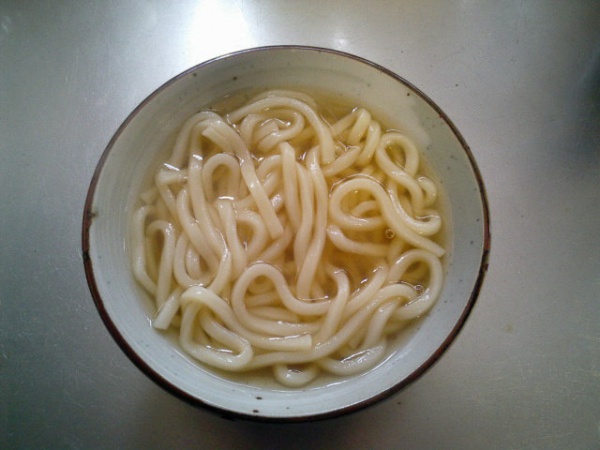Facts About Udon
Udon is a thick wheat-flour noodle that serves as a staple in Japanese cuisine. It is commonly enjoyed hot in a noodle soup known as kake udon. The broth for udon varies by region: eastern Japan favors a dark soy sauce-based broth, while western Japan prefers a lighter soy sauce version.
Udon can be garnished with a variety of ingredients, including scallions, tempura, aburaage (deep-fried tofu pockets), and kamaboko (fish cake).
The origins of udon are somewhat enigmatic, with various stories in circulation. One tale attributes the introduction of udon to Japan to a Rinzai monk in the 13th century, while another links it to Chinese confections.
Udon dishes can be served either hot or cold, providing an array of preparation and topping options. Some regional varieties of udon include Gōsetsu udon from Hokkaido, Inaniwa udon from Akita, and Sanuki udon from Kagawa Prefecture.
Udon is not only popular in Japan; it is also enjoyed in Korea, where it is called "udong" and in Palau, influenced by its historical connections with Japan. Kagawa Prefecture is particularly renowned for its Sanuki udon and even promotes udon-related tourism.
With its rich history and diverse regional variations, udon is a cherished part of Japanese culinary culture.
